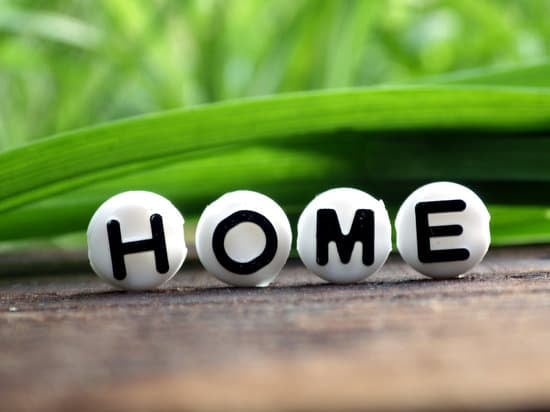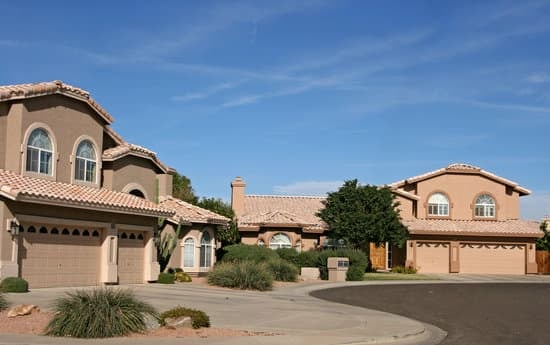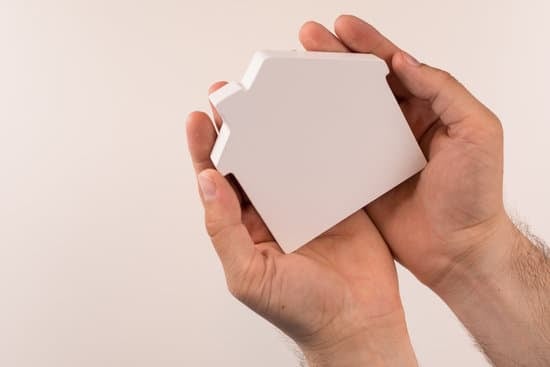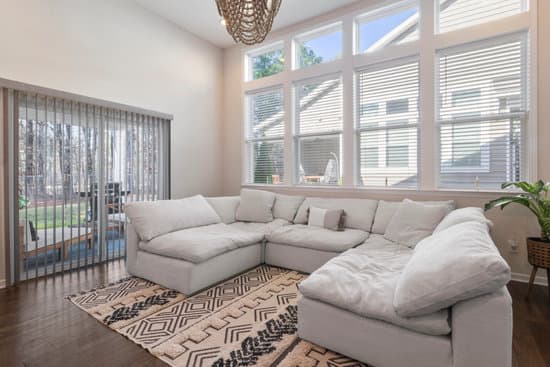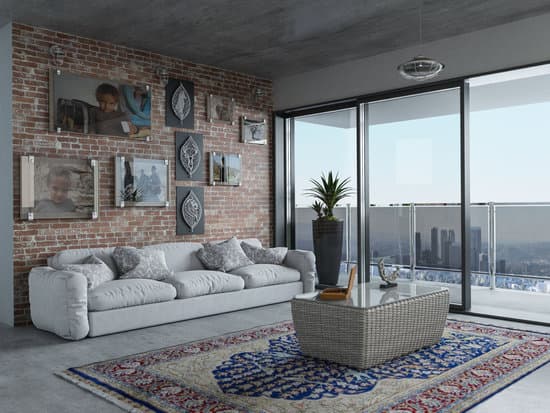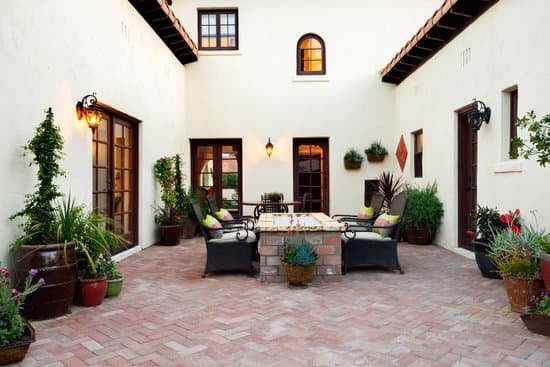Understanding the Purpose of Insulation in Your Home
Insulation in your home is responsible for helping maintain comfortable temperatures indoors, keeping your home warm in the winter and cool in the summer. It also works to reduce energy consumption and utility bills. Insulation works by trapping air in tiny pockets within the material, slowing down the movement of air and reducing heat transfer. Insulation is available in various forms and materials such as fiberglass, cellulose, and foam. It can be installed in the walls, attic, floors, and crawl spaces of your home. The thickness and R-value (a measure of thermal resistance) of insulation are based on local climate conditions.The Dangers of Excessive Insulation to Your Home
While insulation is an important part of your home’s construction, too much of a good thing can actually lead to problems. Over-insulating a home can lead to poor indoor air quality by restricting fresh air from entering and circulating in the home. It can also cause moisture to accumulate within the walls and roof, and this can lead to the development of mold and mildew. Insulating more than is necessary can also be a waste of money, as the cost of insulation can add up quickly; it is important to assess your home’s insulation needs before starting a insulation installation project.How Insulation Affects Your Home’s Ventilation and Air Quality
When your home is over-insulated, it reduces the natural air exchange between indoor and outdoor environments. This reduces the amount of fresh air that comes into the home, which in turn affects the indoor air quality. Poor indoor air quality can cause health problems such as allergies, asthma, and other respiratory illnesses. It is important to ensure proper ventilation and air circulation in your home to maintain a healthy environment. Proper ventilation can be achieved through the use of exhaust fans in bathrooms and kitchens, opening windows to let fresh air in, and ensuring that air ducts and vents are not blocked. Insulation Tip: Proper insulation and ventilation can help balance your home’s internal temperature and humidity levels, and maintain healthy air quality.The Risks of Trapped Moisture and Mold with Over-Insulation
When a home is over-insulated, it can trap moisture in walls and ceilings. Over time, water can seep into tiny pockets where it can accumulate and eventually create a mold and mildew problem. Moisture can cause serious structural damage to your home, leading to costly repairs. Chronic moisture can make indoor air quality hazardous. If you have concerns about potential moisture buildup in your home, a moisture meter can help you to detect moisture levels. Be sure to address any issues related to moisture and insulation before they become a major issue. Insulation Tip: Use a dehumidifier to manage moisture levels, especially in areas with molds and mildew growth.Warning Signs of Over-Insulation in Your Home
There are a few signs that your home may be over-insulated. These include:- Frost or ice buildup on windows and walls during winter months.
- Condensation building up inside your home.
- An increase in your utility bills without an increase in usage.
- Your HVAC system running for hours even when the desired temperature has been reached.
Effective Ways to Insulate Your Home Without Overdoing It
Before starting any insulation installation process, it is important to ensure that you have a plan in place to avoid over-insulating your home. The first step is to understand your home’s insulation needs. This can be done through an energy audit by an insulation specialist or HVAC contractor. Some effective ways to insulate your home without overdoing it include:- Using a product with an appropriate R-value that is suitable for your area and climate.
- Focusing on areas of your home where insulation may be lacking or where air leaks are apparent, such as windows, doors, and attics.
- Using specialized insulation products like spray foam insulation or blown-in insulation in hard-to-reach areas and crevices.
- Avoiding adding multiple layers of insulation without proper air barriers and ventilation.





